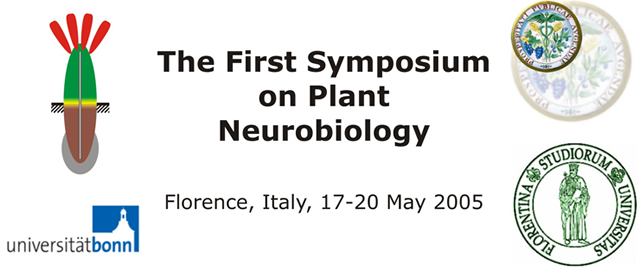|
Shade avoidance without photoreceptors |
| |
|
Thijs L. Pons*, Ronald Pierik, Niels
P.R. Anten and Rens (L.) A.C.J. Voesenek |
|
Dept. Plant Ecophysiology, Utrecht University, Sorbonnelaan 16,
3584 CA Utrecht, The Netherlands |
| *email:
Pons0101@Solis-mail.uu.nl
|
| |
|
One of the best-known examples of adaptive
plasticity in plants is the shade avoidance response of plants to canopy density perceived by phytochrome.
However, it is now evident that proximity detection by means of this family of photoreceptors is not the only
signalling pathway available to plants for this critical information for survival in a competitive situation.
Other photoreceptors are involved as well, and ethylene is important also. We found that the response of
plants to a mechanical stimulus works in a manner that is consistent with shade avoidance. The examples
mentioned so far are concerned with avoidance of shading of leaves, which thus maximizes photosynthetic carbon
gain. Another form of shade avoidance is the reallocation of photosynthetic capacity from lower shaded leaves
to upper leaves in more favourable light conditions, which has a similar function. Photoreceptors do not play
an important role in this process. The distribution of the transpiration stream parallel to the light gradient
appeared to be involved in an alternative signalling pathway. |

